|
TOA
PAYOH VETS
toapayohvets.com
Date:
08 November, 2012
|
|
Focus: Small
animals - dogs, cats, hamsters, guinea pig, turtle & rabbits. |
|
|
|
The vomiting Schnauzer has kidney stones
Dr Sing Kong Yuen, BVMS
(Glasgow), MRCVS
08 November, 2012
|
 TOA
PAYOH VETS TOA
PAYOH VETS
Be Kind To Pets
Veterinary Education
Project 2010-0129 |
|
|
1167.
Kidney stones in a Miniature Schnauzer
Yesterday, Nov 4, 2012 I attended a SVA continuing
education lecture "Urolithiasis" by Adjunct Associate
Professor Philip A Moses, BVSc, MRCVS, Cert SAO, FANZCVS,
CMAVA, Memb AO, Specialist Small Animal Surgeon,
Veterinary Specialist Services, Underwood and Gold
Coast, Australia
Much can be learnt from experienced veterinary
surgeons. These are his advices regarding kidney
stones.
1. Around 4% of the urinary stone cases are kidney
stones. Therefore, always X-ray the kidneys as well as
the bladder.
2. All vets should get the urinary stone analysed. It
is not enough to just remove the stones and not
analyse it. He cited one case where a loyal client
lost faith in the vet who removed the stones the 2nd
time and stones recurred again the 3rd time. Some vets
don't get the stones analysed if the client is on a
tight budget but this against medical advice should be
recorded.
3. He would removed the kidney stone in the renal
pelvis if the renal incision needed is less than
20% of the length of the kidney. For example, 1 cm
incision length for a 5-cm long kidney. If it is 50%
and more, it is unlikely that the kidney will function
normally post-op.
4. Struvite stones and other stones do recur and this
must be told to the dog owner.
5. In the US, there seems to be a higher rate in the
occurrence of calcium oxalate stones.
6. As long as the vet monitor regularly post-op,
most struvite stones will dissolve if the Urinary
Tract Infection (UTI) can be controlled. While stones
are there, there will be bacteria inside the bladder.
Hence there is a need to give antibiotics even if
these must be given for a long period of time. Regular
monitoring via urine analysis and ultrasound are
recommended.
7. "Can large struvite stones really dissolve by the
dog eating stone-dissolving diets?" I asked him.
"Yes," he said. "There have been reports of such
cases."
"Have you or your colleagues achieve success in such
cases?" I asked.
"No," he said. "I just remove them surgically."
Personally, I doubt that large struvite bladder stones
can dissolve using special dietary means because they
are hard-shelled. The stones irritate the bladder
causing blood in the urine and the bacterial
infections come in. If dietary means are used, the
owner must be highly motivated and is able to take the
time to do urine analysis 3 weekly (pH, USG, crystals,
bacteria, blood) and X-rays 3-monthly as well as
giving the dogs a long course of antibiotics whenever
there is urinary tract infection. The dog must be fed
solely on the special diet and no other dog treats or
food is given. How many Singapore dog owners are
self-disciplined to do this? Family members do
sabotage by giving the dog some treats and so surgery
is the best option. But there still needs to be
prevention from recurring and this is difficult for
the time-pressed dog owner in Singapore. Therefore, Singapore
dog owners seldom bother to do regular
monitoring though.
Below are X-rays of one of my rare cases of kidney stones
seen in a Miniature Schnauzer in Oct 2012. I advise
the busy owner to do regular monitoring but this needs
time from him to bring in the dog for examination. He
has many things to do and so I don't know whether his
dog will get a 3rd occurrence. It is costly to operate
and some owners just get the dog euthanased. Yet this
struvite stone disease can be prevented if the owner
spends time to get the tests done.
|
|
|
|
 Toa
Payoh Vets Toa
Payoh Vets
Clinical Research |
|
|
Copyright ©
Asiahomes Internet
All rights reserved. Revised: November 08, 2012
Toa Payoh Vets
| | |




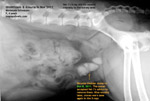
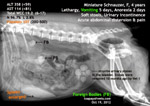

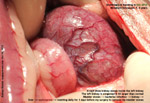
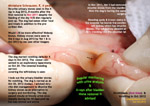
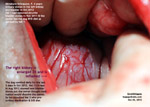
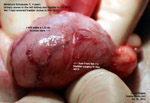
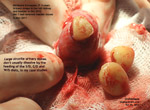
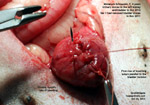
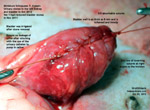
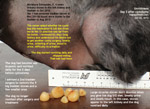

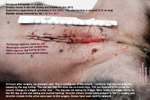
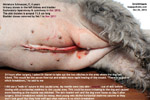
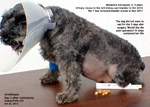
 Toa
Payoh Vets
Toa
Payoh Vets